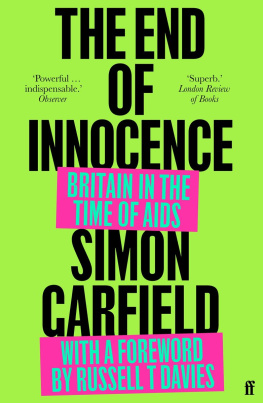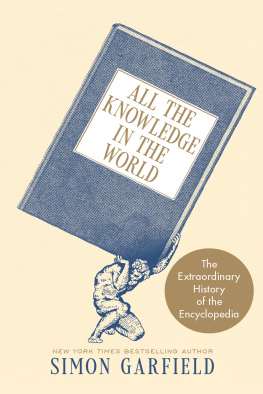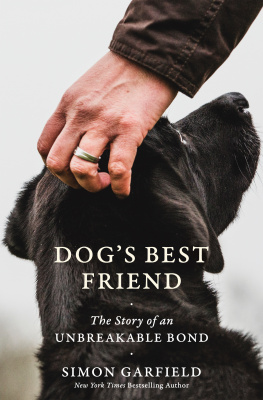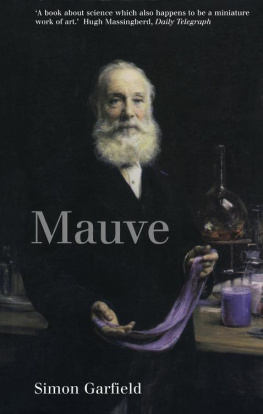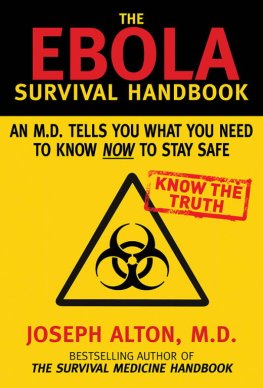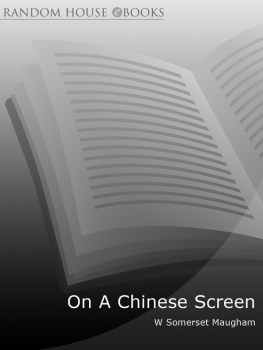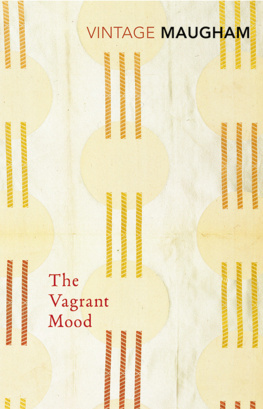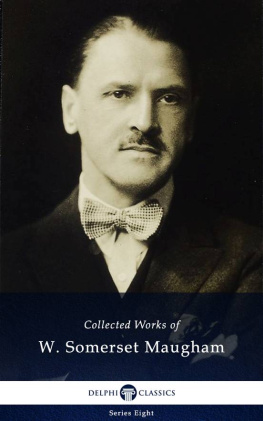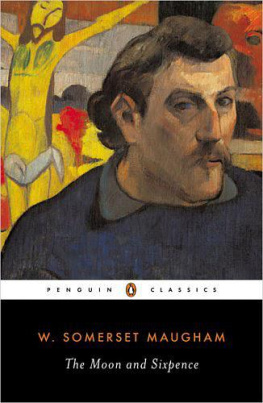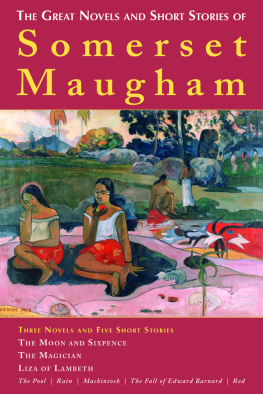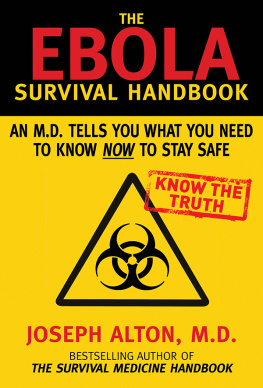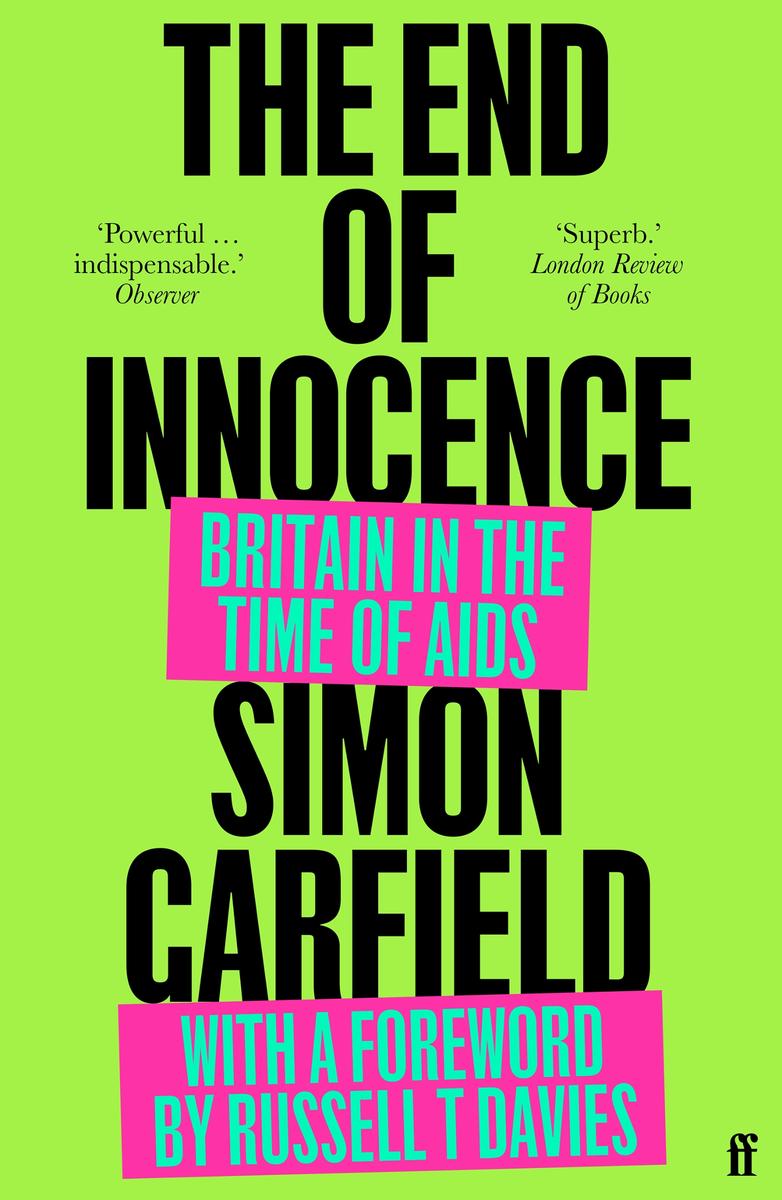xi
Foreword
by Russell T Davies
In January 2021, Channel 4 transmitted a drama Id written about the AIDS crisis in Britain. Its a Sin showed the loves, lives and losses of five best friends living in a London flatshare from the years 1981 to 1991.
Id dreaded viewing figures of zero who wants to watch a show about a virus during a pandemic? But thankfully, people watched. And better still, they reacted. Its said that transmission in the middle of HIV Testing week quadrupled the number of tests. A remarkable man called Philip Normal the UKs first openly HIV positive mayor made a T-shirt of the shows catchphrase, La!, and single-handedly raised 500,000 for the Terrence Higgins Trust.
During all this, people would say to me, Why has the UK version of this story never been told before? And Id say, it has. Time and time again. Its been told by the charities; its been told by a hundred unsung soap and serial writers, slaving away, unnoticed by posh critics; by hard-working theatre writers, who might not have had the shine and glitter of TV (and might be all the better for it); its been told by novelists and social workers and nursing staff, by the bereaved and survivors alike.
And its been told by Simon Garfield.
The first version of this book came out in 1994 and was immediately seized upon as a vital and brilliant piece of work. Powerful and painful, said the Observer, with the Guardian adding, Garfield recognises the power of dramatising his story in human terms.
And that, I think, is his real triumph. The people. The voices. The truth. Its far more than a list of statistics although theyre xii here too, in detail. But Simon captures the lives being lived. The patients, the families, the doctors, the fighters, the doubters, the partners. The love.
Stark anecdotes demonstrate the everyday brutality of those times. Malcolm Johnson, once the Rector of St Botolphs in Aldgate, says, I get calls from people who say, Will you take my partners funeral? I say, Yes, of course, when is it? and they say, Oh, hes only just been diagnosed.
These stories are presented simply and beautifully, with dignity, perhaps even poetry. At the end of an interview with Rupert Haselden whose controversial views are presented with no judgement, only context Simon writes that after Haseldens funeral, We all left, back for tea and more tears at his house, to the room where only a few weeks before Rupert had sat up and talked of a vanishing world.
Simon captures a wide world and a broad church, knowing, of course, that theres nothing homosexual about a virus. Stories of intravenous drug users are told here (and Theresa Mays inquiry into contaminated blood transfusions suggests shocking chapters yet to come). All the bastions of British society are called to account; the church, the government, the media, the pharmaceuticals industry and the royal family are all included and stared down.
Theres a moment to make you gasp when Princess Anne pops up, in 1988, to tell a gathering of world health ministers that AIDS was a classic own-goal scored by the human race against itself. It throws into sharp relief Princess Dianas contribution to the cause, far more than a few handshakes. Simon actually gets to meet her and hes wonderfully wry with her mythology. Ive never understood the dress frenzy, but this one looks all right. And yet, in fairness, he brings respect and records the history of xiii a woman who helped people with AIDS in the face of ferocious criticism. John Junor, writing in the Mail on Sunday, asked of Diana whether she could really want to go down in history as the patron saint of sodomy. Its hugely satisfying to think that we talk about Diana to this day, while John Junor is remembered not at all.
I read this book in 1994 and considered it remarkable. I read it again before writing Its a Sin and admired it even more. Simons writing is the most extraordinary and delicate balancing act; he is our historian, and archivist, and commentator, our soldier and seer, and sometimes a gossip, without ever being our judge.
I wanted to give The End of Innocence some sort of nod in my script, an acknowledgement of its status and my debt to Simons work. I found it in the daftest place. At one point, Simon describes the Gay Lifestyles exhibition at Olympia (people call it the Ideal Homo) and theres the wonderful Regina Fong on the main stage, singing that song about a little mouse with clogs on. In Episode 5, I needed a grieving mum to look demented, remembering her sons childhood and playing nursery songs in the hope of wishing him back to health. So that was the song I chose, that mad little mouse, there on the stairs, right there. Taken from these pages.
Thanks, Simon. For everything.
Russell T Davies
July 2021
Rupert, London 1994
Im a farm boy from Sussex. My dad was a farmer. My parents divorced when I was eight. I have a brother and a sister. I was sent away to boarding school which I neither liked nor hated and then I realized: I lay in bed at school when I was thirteen and said to myself, Rupert, youre homosexual. I remember being rather pleased. I remember thinking this was going to be a key to meeting all sorts of people in a strange underground world. Far from being horrified, frightened, I remember thinking it was going to be the most fantastic adventure.
Rupert Haselden, 36, is sitting on a large sofa in his house in Balham, south London. It is early February 1994, clear and crisp, and the room is stifling, made airless by a wheezing fan heater. Hes wearing two sweaters and heavy jogging pants. He is thin and pale but quite dashing, a little like the English comic actor Jeremy Lloyd, a big Roman nose and thin oaty hair. He has a rich voice, almost plummy. The room is elegant, packed with a travellers treasures, framed by large paintings, giving way to a wild garden visited, this particular afternoon, by an inquisitive heron. By his side there are tea and digestives, and remote controls. By the controls a large black metal box containing his pills. Sam the dog has a noisy nightmare on the sofa opposite.
I was fourteen when I first got picked up by a man in London. In order to get to and from school I had to go to London on the train and change, and on one of these train changes I had gone to the toilet on Waterloo and got picked up by some bloke. I was somewhere between fourteen and fifteen when I went into Piccadilly Circus toilet one day and followed a chap out who seemed quite nice and he turned round to me and said, Are you rent? I thought it must be some sort of slang for Are you queer?, so I said yes. He said, Well so am I, so theres no way then is there?
He realized that I was nave and took me off to coffee at Swan and Edgars and told me that he was a rent boy and explained what all that meant and I was transfixed. He lived in Earls Court he told me, and that sounded terribly exotic. But I went with him to Earls Court and he lived in this terrible hole of a flat with about eight other rent boys.
But it became, this flat which was one of the most dreadful places Ive ever seen, became like a second home to me really. During school holidays for the next few years and with the other kids we were all teenagers I used to sort of do rent, as they say.

